Decembrist: methods of planting and care

Most indoor plants please their owners with beautiful, bright and fragrant flowers in the spring and summer, when their colors merge with the greenery of nature. During the winter frost, most plants slow down their growth and go into a state of dormancy. One of the most popular domestic flowers, the Decembrist, will be able to surprise with abundant flowering before the New Year holidays. Florists recommend that you definitely purchase this plant, carefully study its features and care rules, then not only a Christmas tree will be a New Year's decoration, but also a luxurious flower.
Growing conditions
Decembrist is a branched flower that belongs to the cactus family and forms a large number of inflorescences. The natural habitat is the tropics. The plant has flat, jointed shoots with jagged edges. Distinctive feature - lack of thorns... Each shoot consists of several segments, the length of which can reach 5 cm. New segments appear on the tops of the old ones, forming long and delicate shoots.

Schlumberger flowers (this is the official name of the Decembrist) are formed at the top of the shoot, the petals are in the form of tubules. The maximum size of inflorescences can reach 10 cm. The color range of flowers is in the range from pale pink to dark red... The structure of the buds depends on the type of plant.
For the full growth and development of a flower, it is necessary to create the most comfortable conditions for it. Despite belonging to the cactus family, the Decembrist is more demanding on the frequency of watering, soil type and lighting. A Christmas flower needs regular watering and protection from direct sunlight. Poor soil quality and overdried soil can provoke the development of diseases and plant death.
When choosing the location of the plant, preference should be given to windows that face north or east and have diffused lighting. Comfortable temperature conditions are in the range from +10 to +20 degrees. The optimum temperature for flowering in winter is +15 degrees. Experienced growers advise avoiding sudden temperature changes.
For uniform formation of new segments on all shoots, the pot must be regularly rotated relative to the window glass.
During the period of bud formation, it is strictly forbidden to carry out this manipulation in connection with the possible shedding of flowers. To increase the flowering period, it is necessary to lay small pieces of ice on the surface of the soil. The main conditions for the formation of a large number of buds are a low level of illumination in winter and the absence of an additional source of artificial light.
A high level of humidity is another indicator that affects the state of the Decembrist. To humidify the air, it is advisable to place containers with water or different types of tropical plants on the windowsill. The indicator of a comfortable humidity level is presence of aerial roots between the segments of the shoot. In winter, it is strictly forbidden to place plants near heating appliances or create artificial partitions between the battery and the indoor flower.To form a crown or obtain planting material, it is necessary to pinch off the shoots and in no case use cutting objects.
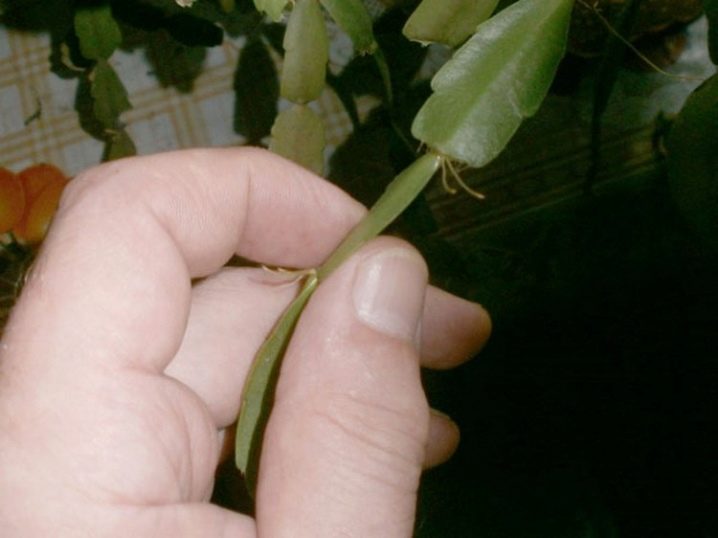
Pot and soil selection
To obtain a healthy and strong flower, florists recommend choosing the right planting container and nutrient mixture. Due to the presence of a small root system, it is necessary to choose low pots with a large diameter. In specialized stores, you can buy pots made of clay, ceramics and plastic. Florists recommend giving preference to ceramic and clay containers.
Main condition - the presence of drainage holes, which can be made by the grower or owner of the flower on their own. In the process of transplanting a plant, it is necessary to increase the diameter of the planting container.
The main signs of quality soil for the Decembrist:
- low acidity;
- loose structure;
- the presence of a drainage layer;
- high level of movement of water and air;
- the presence of perlite and bark particles;
- the presence of mineral and organic fertilizers.
When self-compiling nutrient soil, it is necessary to combine in equal proportions sand, leaf and peat soil, as well as add turf and humus... The introduction of fresh manure will negatively affect the development of the plant. To prevent the development of fungal and infectious diseases, it is necessary to disinfect the soil mixture. In the absence of the possibility of cultivating the land, you just need to add charcoal to the composition.
It is not recommended to use heavy and acidic potting mixes. In flower shops, you can buy ready-made potting soil mixtures for this type of indoor flower, which are of high quality and meet all established standards.
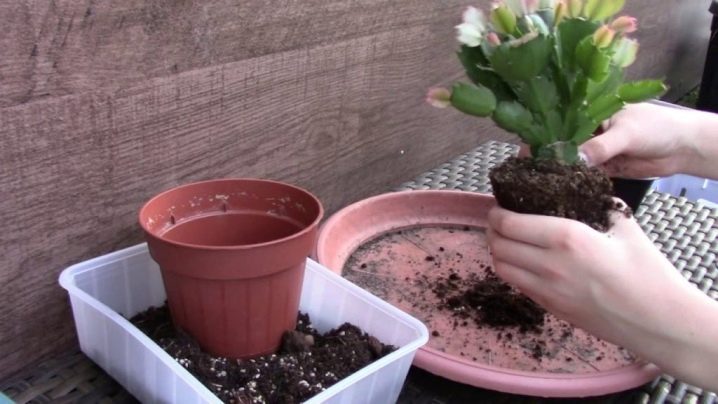
Landing
Planting a young plant in a new container should be carried out only in the spring, transferring the flower to a pot of a larger diameter. It is strictly forbidden to transplant a blooming Decembrist. The main stages of the transplant:
- the formation of a drainage layer;
- partial filling of a new container with earth;
- transplanting a plant with an earthen clod;
- abundant soil moisture.
To form a new plant, you can plant seeds, root shoots, small parts of the stem, cuttings and leaves.

Scion
Planting shoots to get a new plant is a painstaking and lengthy process that must be carried out in late spring or early summer. The main stages of planting shoots:
- selection of the required segment on the shoot of the mother plant;
- breaking off the shoot with aerial roots;
- cutting the cut with charcoal;
- preparation of a stock from prickly pear stems or from peresky vines;
- splitting the prepared stem;
- sharpening of the lower part of the shoot in the form of a wedge;
- fixing the shoot into a split rootstock stem;
- securing the structure with rope or adhesive tape.

Biologists recommend planting several shoots at the same time and subsequently choosing the strongest and healthiest shoot. Only after complete accretion of the shoot and the scion can the fixing material be removed.
Stem cut
Segment planting technology consists of the following manipulations:
- selection of the necessary escape without mechanical damage and signs of disease;
- separating the selected segment and placing it in a container with clean water at room temperature;
- growing the root system and regularly adding the required amount of water;
- rooting of a young plant with strong roots.
To obtain a beautiful plant with a lush crown, flower growers are advised to plant several shoots in one pot.

The use of chlorinated water can lead to the death of the planting material.
Seeds
Growing a new plant from seed is an unpopular and difficult method used by breeders in specialized nurseries. To get a new flower from seeds at home, florists recommend purchasing ready-made planting material.Seeds harvested at home have low germination and require pre-planting treatment.
Basic conditions for seed germination:
- Greenhouse effect;
- compliance with the temperature regime;
- regular soil moistening.
Stages of work:
- warming up the seeds for 48 hours;
- soaking the planting material in a growth accelerator;
- disinfection of seeds;
- selection of planting capacity and nutrient soil;
- disinfection of a flower pot;
- disinfection of the earth;
- distribution of seed material over the surface of the soil without dusting it with earth;
- moistening the surface of the earth with a spray gun;
- creating a greenhouse effect with regular ventilation;
- picking young seedlings at the stage of formation of several leaves.
This process is very lengthy and can take more than 7 months. Botanists do not recommend using seeds at home.
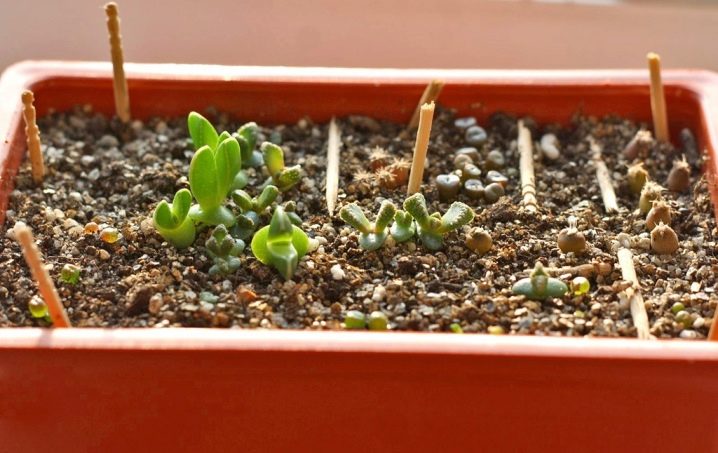
Leaves
The method of planting leaves to obtain a new plant is not in demand not only among indoor flower lovers, but also among professional breeders. In the case of planting leaves, the following sequence of events must be observed:
- selection of healthy and robust leaves;
- drying the cut site for several days in a dark and cool place;
- preparation of the pot and nutrient mixture;
- deepening the bottom of the sheet plate;
- creating a greenhouse effect and regular soil moisture.
More detailed step-by-step instructions can be found in specialized literature. Only after the formation of a strong root system can the plants be planted in new pots.

Stalk
Planting cuttings is the most common method for producing young plants. The most favorable period for this is spring. Stages of work:
- the choice of planting material (there should be at least 4 segments on the handle);
- selection of temporary planting capacity and nutrient mixture;
- horizontal planting of a plant in a wet soil mixture;
- creating a greenhouse effect with a plastic bag or plastic bottle;
- regular ventilation of the structure and soil moisture;
- transplanting the plant into a permanent flower pot after several new leaves have emerged.

How to care?
When growing a Decembrist, you must follow a number of tips and recommendations of experts. Plant care consists of the following activities:
- moistening the soil;
- introduction of nutrients;
- creating a comfortable level of humidity and illumination;
- prevention of the development of diseases.
Basic rules for watering:
- regular moistening of the soil with warm water only through the pan;
- prevention of drying out and waterlogging of the soil;
- using only settled or rainwater;
- uniform soil moisture throughout the year;
- in the summer, spraying of the plant is mandatory.

To feed the plant in spring and summer, it is necessary to use mineral fertilizers with nitrogen and phosphorus.
In autumn, experts recommend adding trace elements with potassium, and in winter (during the flowering period) organic additives will bring maximum benefit. Increasing the number of colors will help spraying the Decembrist with warm water with boric acid.
In the middle of summer, you can remove shoots and form the desired crown shape. Experienced gardeners use the pruned shoots to form new plants. Protecting the plant from diseases and pests is one of the main activities that will help to grow a beautiful and strong flower.
The most dangerous types of fungal diseases are fusarium and late blight. Signs of the development of diseases are a change in the color of shoots and the death of segments. The main reason for the appearance of fungal infection is the use of contaminated soil of poor quality. Special fungicides will help to cure these diseases. Ignoring this problem can lead to the death of the plant.
Various pests can also harm an indoor flower. Biologists identify several of the most dangerous insect species:
- spider mite;
- mealybug;
- shield.
To kill insects, it is necessary to treat the plant and soil with special chemicals.

Failure to follow the rules for caring for the plant can provoke the following problems:
- shrinking shoots - non-compliance with the watering regime;
- reddening of the leaves is a consequence of exposure to low temperatures;
- drying out - the presence of a fungal disease;
- drying out and falling off of inflorescences - insufficient watering and the presence of drafts;
- lack of flowers - non-compliance with the rules of watering and the introduction of nutrients, as well as the level of illumination.
For many decades, indoor plants have been an integral part of living quarters.
Green helpers not only decorate the home, but also purify the air and heal the atmosphere.
Among the huge number of green favorites, florists recommend paying attention to the Decembrist, who can please all family members on New Year's and Christmas holidays with bright and beautiful flowers.









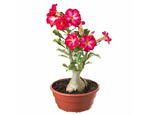




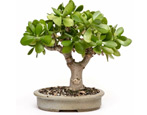




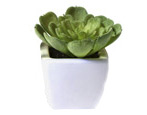








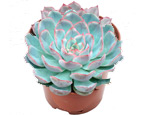



























The comment was sent successfully.